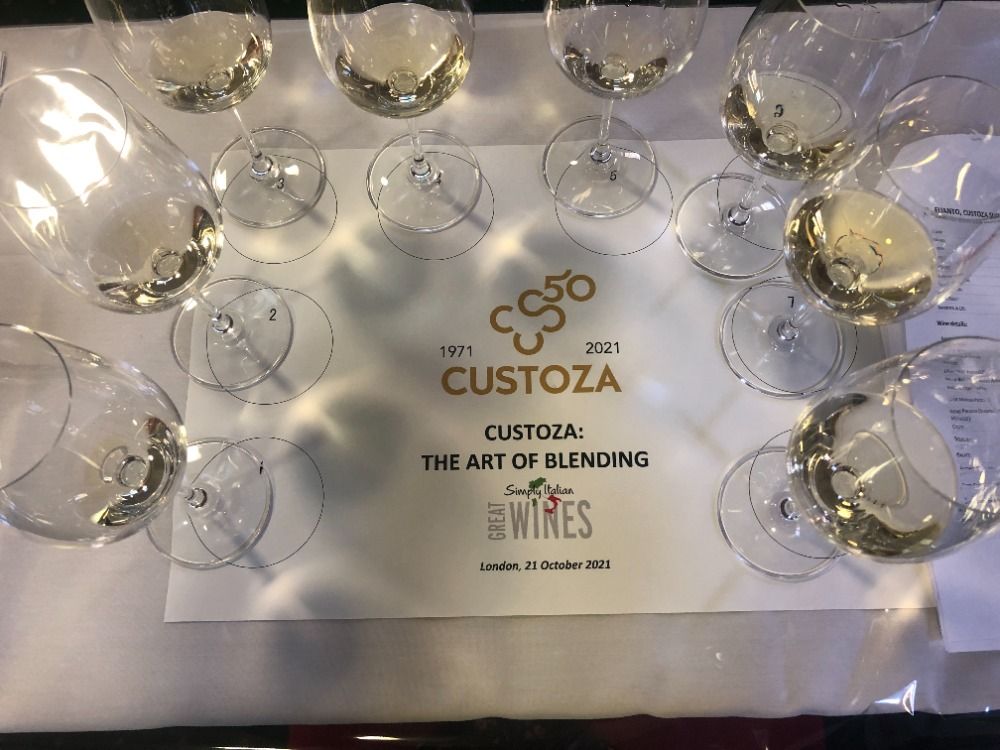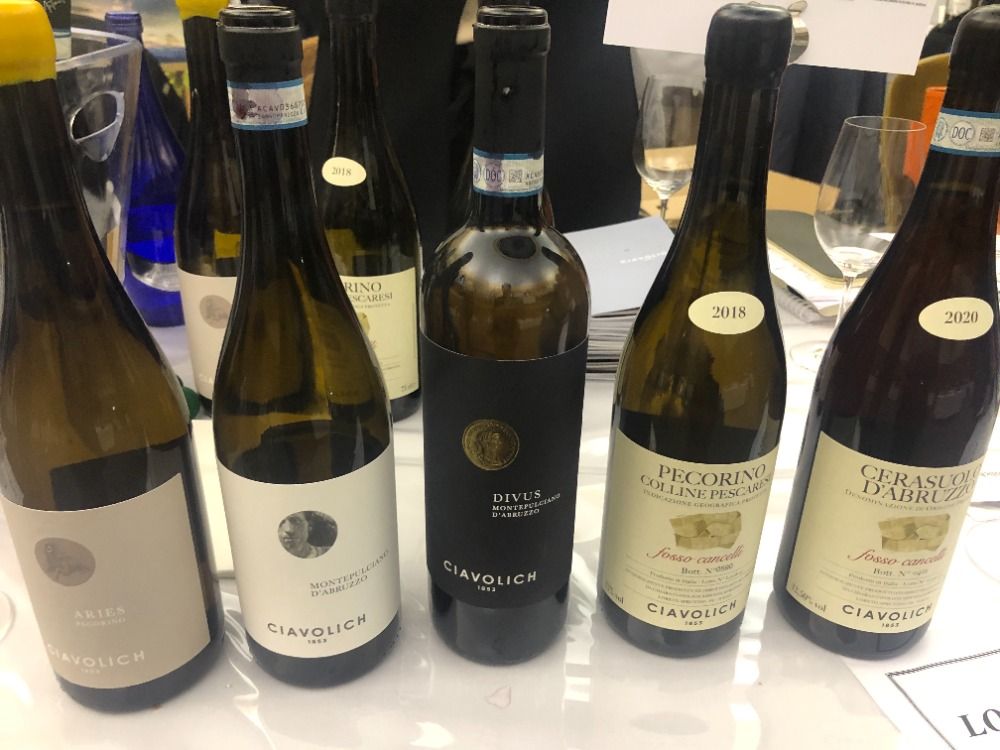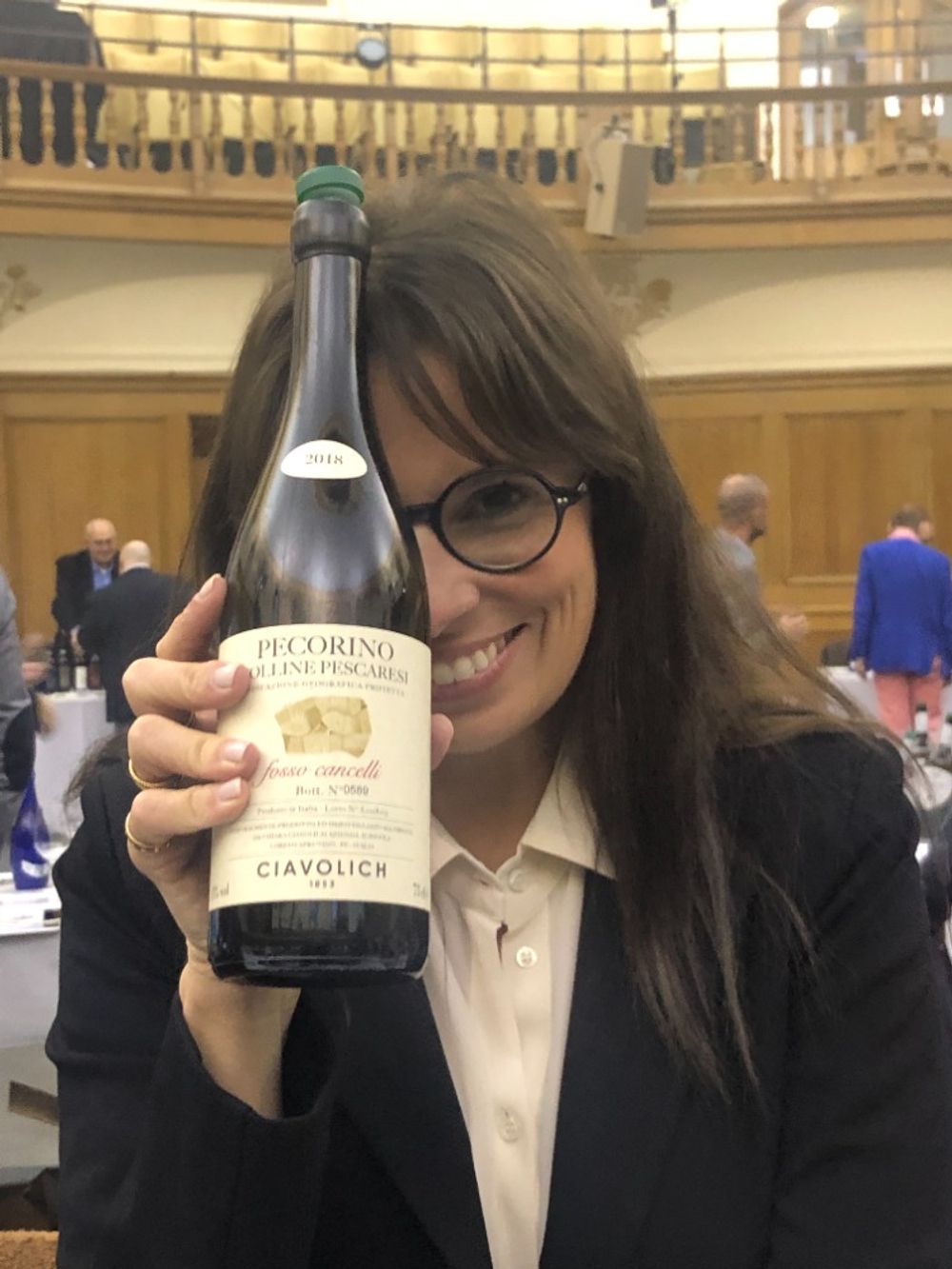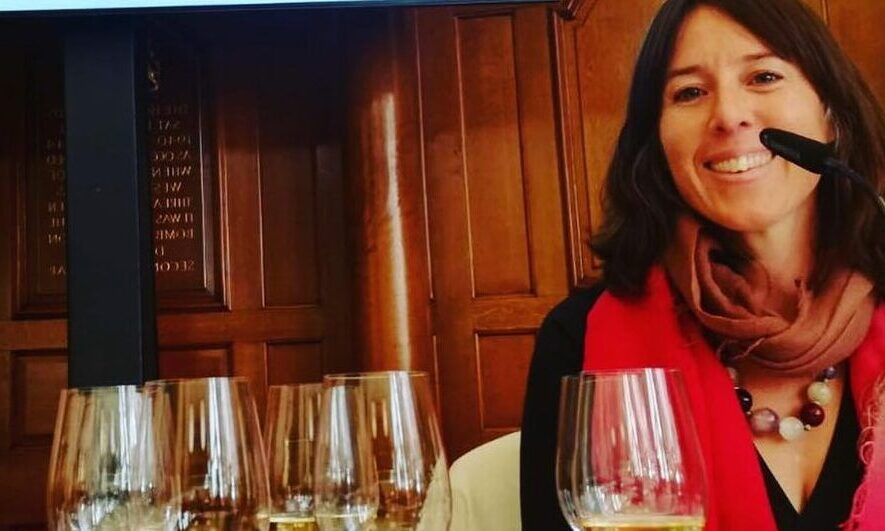“It’s also the drink where winemakers can suggest in a masterclass – sincerely – that you enjoy it with elevenses, without any suggestion that drinking alcohol at such a time was anything other than entirely responsible,” writes McCleery about Simply Great Italian Wines.
I am naturally wary of a ‘selection box’. I always feel deprived of the biscuits I really wanted and left with too much of what I didn’t!
Truth be told, my heart sank just a smidgen when I arrived at the Simply Italian Great Wines Tasting. Organised by I.E.M, in conjunction with Hunt & Speller and Emily O’Hare, the event was described as “a journey through the wines of Italy, focusing on educational guided tastings”.
What this meant was a walk-around tasting with offerings from multiple consorzi – some more generously represented than others. There were also eight masterclasses running throughout the day, looking at the wines of Le Marche, Custoza and Moscato d’Asti amongst others.
So, there I was, right in the middle of the selection box with an unsteady plan that would hopefully allow for the discovery of something new, whilst dipping into familiar favourites.

Custoza: Lightness of touch and affordability
Speller is always an interesting speaker, and it was a tad cruel to constrain the man to just 60 minutes. Especially when he had much that was interesting to say about the blended white wines of Custoza.
Celebrating 50 years as a DOC this year, Custoza sits between Verona on the east and Lake Garda to the west. For someone like me, who has spent some time in this neck of the woods, it’s shameful to think how I’ve sped through the vineyards, zipping to Soave or Lugana, with little thought for the wines between.
The whites of Custoza are blended wines. Garganega, Trebbianello (Tocai Friulano), Bianca Fernanda (Cortese) and Trebbiano Toscano. The rules stipulate that each single variety cannot exceed 45% of the blend and that they must represent a minimum of 70% of the final blend. The remaining 30% can be made up of Malvasia, Riesling, and Manzoni Bianco.
It is hard to argue with Speller who cites the wines’ “lightness of touch” and “value for money” as their strongest calling cards. I think he is right also when he talks of their texture and vibrancy when describing his comparatively recent awakening to these wines.

Emily O’Hare: impressive PR for the wines of Cerasuolo d’Abruzzo
The eight-wine tasting included examples from the 2018, 2019 and 2020 vintages. Given that the most expensive wine on show was €15 retail, the overall standard was impressively high. It was also clear that some of the wines had ageing capacity too.
Two wines stood out for me. For value and drinkability, Le Tende 2020 DOC Custoza was a bit of a star. A blend of all four varieties, the wine has been aged for four months on its fine lees. A limey nose with touches of almond, white pepper and floral notes leads to a surprisingly textural palate that was as refreshing as it was flavoursome. An absolute steal at just €8,60 on the shelf … if you’re in Italy. Such a pity a UK distributor isn’t yet working with these wines.
Eurowines works with Cantine di Verona, whose 2019 Custoza Superiore was dominated by white orchard-fruit flavours, citrus, and greengage. Lovely weight to this wine that was aged on the lees in stainless steel and then a judiciously-manged period in French oak. (Pricing from Eurowines).

Abruzzo: Diversity and interest
Nicely zested by my Custoza experience, it was off to Abruzzo for a punchy run through a sextet of Montepulciano wines. Abruzzo is rightly fabled for its culinary heritage and it’s a region that anyone who loves great food and wine should visit. I understand the temptation to show powerful, oak-driven wines and if I had just this six to choose from, Castorani’s Amorino 2016 struck an attractive balance between concentration, elegance and freshness but my tastebuds fell fully for the charms of Abruzzo at the table of Chiara Ciavolich.
Having inherited her 35-hectare estate from her parents, Ciavolich’s wines were amongst the most poised and elegant I tasted all day and were very much ‘foodie’ wines. Embracing the here and now and respecting the past is an easy thing to write but harder to put into practice, but the Ciavolich wines are wonderfully evocative and to taste them is a tasty and articulate walk through Abruzzo’s history.
Fosso Cancelli Pecorino IGP Coline Pescaresi 2018 is fermented in terracotta amphorae and old French oak tonneaux. Fermentation is kick-started with a ‘pied-de-cuve’ of indigenous years that was obtained from the same grapes. After seven to ten days the wine was racked and left to mature on its lees in 15 hectolitre Slavonian oak barrels and in amphorae for about two years before being bottled, unfiltered. It was a glorious rendition; textural, elegant, and complex with a long-lingering finish.

Aries 2020 is another Pecorino and made from a plot of pergola-trained vines planted in 2000 and another of cordon-double guyot, planted in 2011. Stainless steel fermented and then partially aged in 2009 French oak tonneaux, before bottling. To taste the wines side by side makes for a fascinating comparison; the Aries is a bold and expressive Pecorino with a generous mid-palate and impressive length. It feels more tightly bound at this stage than the Fosso Cancelli but either wine is a delight.
Emily O’Hare had done some impressive PR for the wines of Cerasuolo d’Abruzzo and their food-matching credentials. She is right, these Abruzzo-unique rosato wines have both the tannins and acidity to make for hours of happy food pairing experiments!
Ciavolich’s Fosso Cancelli Cerasuolo d’Abruzzzo 2020 takes no prisoners and I liked it all the more as a result! Quite tart, the red fruits crunchy but ripe. Wonderfully military!
The estate’s unoaked Montepulciano 2019 is made from fruit planted in Pianella where humidity, in the dry summer months, comes thanks to a nearby lake. This imparts a terrific freshness to the wine, and I enjoyed the tempering effect this had on Montepulciano’s natural exuberance. Divus 2017 is aged for 12 months in both barriques and old, larger barrels. It’s powerful and laden with ripe plum and black cherry fruit and still-bright tannins. Elegant to the finish, I am woeful that, for now, a trip to Italy is needed if I want to drink more from Ciavolich. May someone put that right?

Moscato d’Asti: Unhibited joy
I confess that I had not planned on sitting in on the Moscato d’Asti tasting. I know I love Moscato d’Asti and I have been serving it to friends for almost two decades in, what has felt like, a one-woman crusade to bring it to the masses.
For a country with Mary Berry, The Great British Bake Off, the Victoria Sponge and Cherry Bakewell, why are we so reticent about Moscato d’Asti?! It’s a marvel of a drink.
It’s also the drink where winemakers can suggest in a masterclass – sincerely – that you enjoy it with elevenses, without any suggestion that drinking alcohol at such a time was anything other than entirely responsible.
I learnt three things I didn’t know about Moscato d’Asti in the masterclass:
- An impressive number of Asti vineyards are planted on a gradient exceeding 40% and this intensifies to over 50% for 330 hectares.
- These vineyards are referred to as sorì and were the first vineyards to be included in the UNESCO World Heritage List.
- Lastly, the best wines come from limestone-marl soils and that Canelli, Santo Stefano and Loazzolo are thought to be the three best spots.
Canelli is set to become an approved ‘Cru’ and its elevated status will appear on labels from the 2021 vintage onwards. As if to make the point, the Sorì dei Fiori from Vini Bocchino was a charming, delectable, floral, and honeyed Moscato d’Asti. From the Canelli hills it had more structure and presence than some of the others on show and a herbal tinge to the fruit.
Almost 4 000 producers make 30 million bottles of Moscato d’Asti every year! There’s really no excuse for bakeries of Britain not to be pouring a glass with every slice of cake they sell!
In short, may my Italian selection box be kept affordable thanks to Custoza, given diversity and interest from Abruzzo and uninhibited joy by virtue of Moscato d’Asti.










































